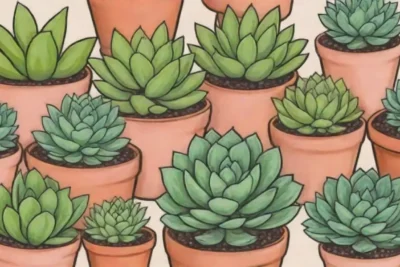
Sedum: The Versatile Succulent You Didn't Know Was Medicinal
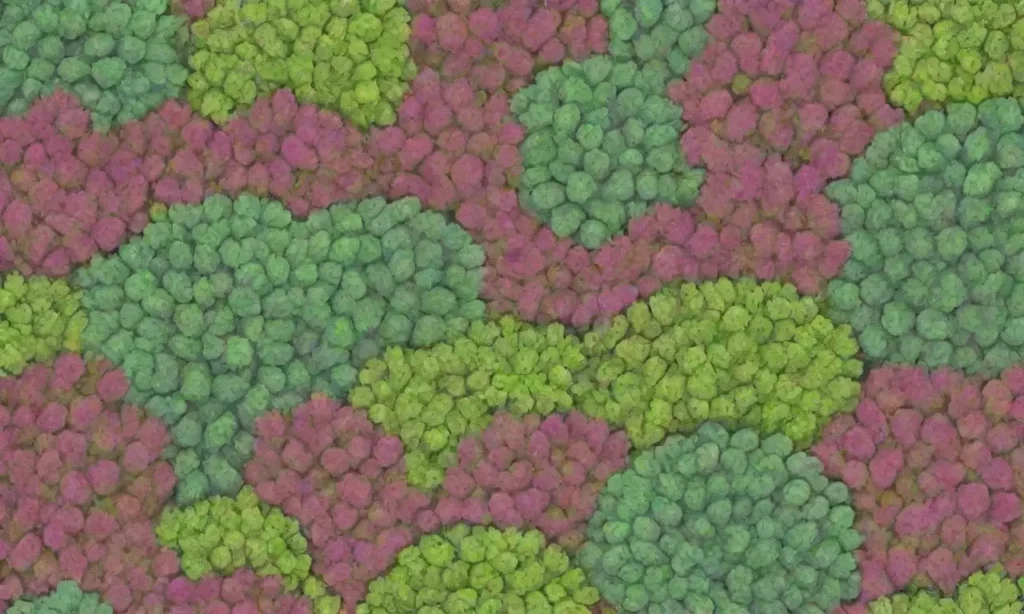
Introduction
Succulents have gained immense popularity in recent years, not just for their aesthetic appeal but also for their diverse utility. One such versatile succulent that often flies under the radar is Sedum. Native to various temperate regions, Sedum is more than just a beautiful addition to your garden or home; it possesses a range of lesser-known medicinal properties that might surprise you.
This article delves deep into the world of Sedum, exploring its characteristics, various species, medicinal uses, cultivation tips, and much more. By the end, you will not only appreciate this remarkable succulent for its beauty but also recognize its potential in holistic health practices.
Understanding Sedum: A Brief Overview
Sedum is a genus of flowering plants belonging to the family Crassulaceae, often characterized by their fleshy leaves and clusters of star-shaped flowers. There are over 400 species of Sedum, making it one of the largest genera of succulents. These plants can adapt to a wide range of environments, allowing them to thrive in various climates, from arid deserts to cool mountain ranges.
The adaptability of Sedum is one of its key attributes. Their thick, fleshy leaves store water, which not only helps them survive in drought conditions but also makes them relatively low-maintenance. This quality has contributed to their popularity among gardening enthusiasts who may not have a green thumb.
In addition to their aesthetic charm and ease of care, Sedum species such as Sedum telephium and Sedum acre, among others, have been noticed for their medicinal properties. With a rich history rooted in traditional medicine, they have been used for their therapeutic benefits for centuries.
The Medicinal Uses of Sedum
Traditional Uses in Medicine
Throughout history, various Sedum species have been utilized in traditional medicine across cultures. For instance, in many European countries, Sedum telephium, commonly known as orpine, has been used as a treatment for wounds and skin conditions. The juicy leaves of this succulent contain a notable amount of saponins and alkaloids, which possess anti-inflammatory and antimicrobial properties.
In Traditional Chinese Medicine (TCM), some species of Sedum are recognized for their ability to promote wound healing and alleviate inflammation. It is not uncommon for herbal practitioners to recommend Sedum preparations for ailments like burns, cuts, and rashes. This historical context highlights the longstanding appreciation of Sedum as a healing plant.
 Should You Use Aloe in Your Next Health Potion? An Analysis
Should You Use Aloe in Your Next Health Potion? An AnalysisModern Scientific Discoveries
Recent studies have begun to validate the medicinal properties of Sedum through modern scientific methods. For example, research has indicated that certain compounds in Sedum may possess antioxidant properties, which play a crucial role in neutralizing harmful free radicals in the body. This can potentially lower the risk of chronic diseases such as heart disease and cancer.
Another interesting area of research revolves around the anti-diabetic properties of Sedum. Some studies have shown that certain Sedum species can help regulate blood sugar levels, making them a promising natural remedy for those with diabetes. This opens up possibilities for integrating Sedum into dietary protocols aimed at managing blood glucose levels.
Culinary and Nutritional Benefits
Sedum is more than just a medicinal plant; certain varieties are also edible and have been incorporated into dishes in some cultures. For instance, Sedum spurium and Sedum album can be used in salads or as garnishes due to their mild, slightly tangy flavor.
Aside from adding a unique twist to your culinary experiments, these edible Sedum species also offer nutritional benefits. They are rich in vitamins A and C, as well as essential minerals like calcium and magnesium. This not only makes them a viable addition to your diet but emphasizes their role in nurturing both body and soul.
Cultivating Sedum in Your Garden
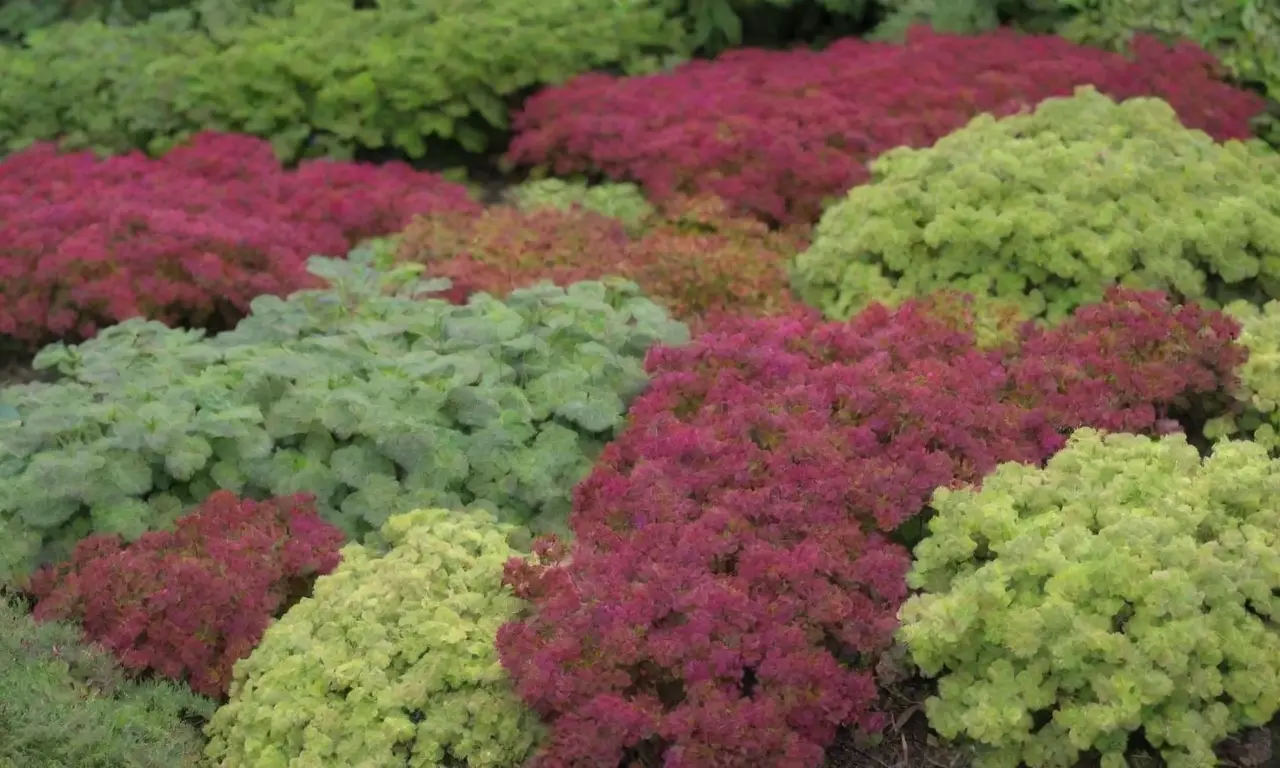
Ideal Conditions for Growth
If you’re interested in cultivating your own Sedum, the good news is that these resilient plants thrive in a wide range of conditions. In general, Sedum prefers well-draining soil and plenty of sunlight. Ideally, they should be planted in a location that receives at least six hours of direct light each day, making them perfect for rock gardens or as part of a sunny border.
It's important to note that overly rich soil can lead to an excess of moisture retention, which could lead to root rot. Instead, consider using a cactus mix or a mixture of sand and potting soil to create the best growing conditions.
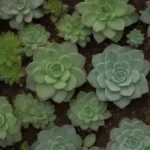 Unveiling the Secrets of Succulent Herbals in Traditional Medicine
Unveiling the Secrets of Succulent Herbals in Traditional MedicineSeasonal Care and Maintenance
While Sedum is low-maintenance, understanding seasonal care can enhance their growth. During the summer months, regular watering is not necessary unless you are facing extreme drought. A good rule of thumb is to allow the soil to dry out completely between waterings. In contrast, during the dormant winter months, they require significantly less water—almost none at all.
Pruning is another important aspect of maintaining healthy Sedum plants. Deadheading flowers and trimming overgrown stems will encourage fuller, bushy growth. Keep an eye out for pests like aphids, which can sometimes infest Sedum. Organic insecticidal soap can be an effective treatment without harming the plant or its environment.
Propagation Methods
Propagating Sedum is an enjoyable and straightforward process, perfect for both novice and experienced gardeners. The most common methods of propagation are through leaf cuttings or stem cuttings. To propagate using leaf cuttings, select a healthy leaf from a mature plant and let it callous over for a few days before placing it in soil. Keep the soil slightly moist, and soon you’ll see roots developing.
Stem cuttings can also be taken quite easily. Just take a healthy stem, cut it into pieces, and let it dry for a day to form a callous. Then, plant the cuttings in well-draining soil. With the right care, new plants will emerge, giving you the opportunity to expand your garden or share with friends.
Conclusion
In conclusion, Sedum represents an extraordinary blend of beauty and utility, with notable medicinal properties that enhance its worth beyond traditional gardening. From their historical use in various cultures as natural remedies to the exciting scientific research validating these practices, this succulent is a testament to nature’s inherent wisdom.
Furthermore, with their easy care and adaptability, Sedum is a must-have for anyone looking to indulge in gardening, whether for aesthetic pleasure or potential health benefits. Cultivating Sedum not only enriches your immediate environment but also opens economic and sustainable avenues for personal wellness and culinary experimentation.
Whether you choose to grow Sedum for its charm, explore its culinary dimensions, or utilize its medicinal capabilities, this succulent has much more to offer than initially meets the eye. So, take a moment to appreciate the humble Sedum, and perhaps introduce this medicinal succulent into your life today!
 The Science of Succulent Oils: Healing Properties Revealed
The Science of Succulent Oils: Healing Properties RevealedIf you want to read more articles similar to Sedum: The Versatile Succulent You Didn't Know Was Medicinal, you can visit the Medicinal Uses category.


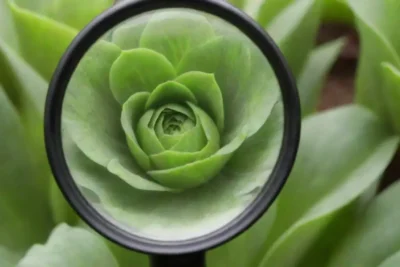
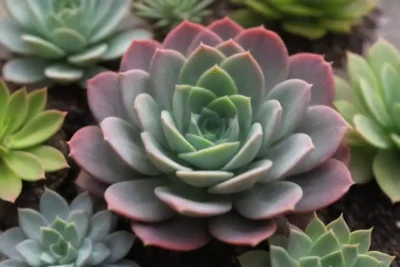
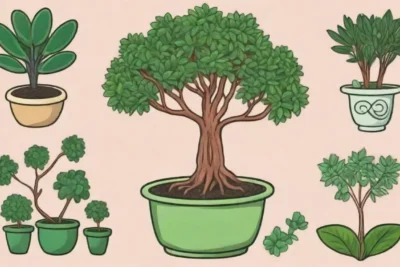
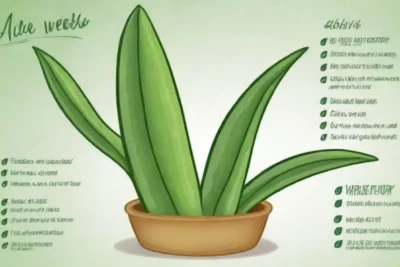
You Must Read